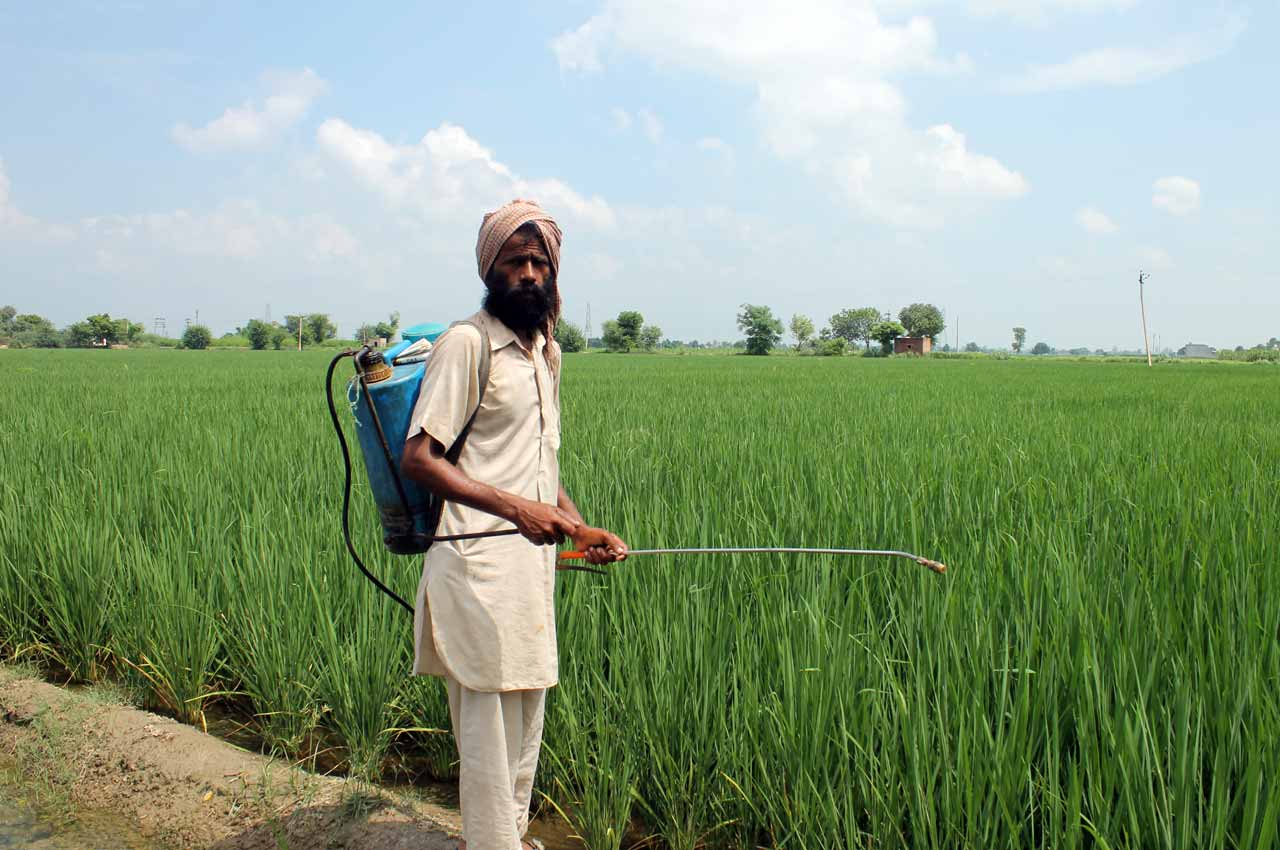Like the four other poll-bound states, battle lines have been drawn for the hustings in Punjab as well. Party-hopping continues, albeit on a low key, infinite bounties are promised every day and assurances of even more largesse ‘on victory’ are in vogue. As campaigning picks up, people are waiting for the likes of Balbir Singh Rajewal, Bhagwant Mann, Navjot Singh Sidhu, Chief Minister Charanjit Singh Channi, Sukhbir Badal, Bikramjit Majithia and others to blink so that the final decision in casting the vote can be made. And blinking they are! All this while a new army has been raised under the Amit Shah-Amarinder-Dhindsa combine with the apparent blessings of the Pradhan Sewak, to try and repeat what was done in Haryana in 2014 (Manohar Lal Khattar 1.0), Assam under Sarbanand Sonowal (2016) and Tripura (2018) under Biplab Kumar Deb by the BJP brigade.
In all these states, prominent leaders from other parties were brought into the BJP and alliances forged with regional parties. Khattar did it a second time in 2019 with the Jannayak Janta Party’s support — something the BJP could not do in West Bengal in 2021. In Punjab, it may not be that easy as the border state has a history of posting victories that went against waves and trends in the rest of the country. Much like Bengal, which way the wind blows in the sensitive state only time and events will unravel. And how the coronavirus behaves in the coming weeks/months too may have a bearing on the polls.
While the repeal of the three farm laws was a calculated move, mainly to wrest back power in Uttar Pradesh, where the BJP was on a shaky wicket after mismanagement of the Covid-19 second wave, the decision had something to do with affluent farmers of Uttarakhand, including some in Purvanchal (a minuscule yet influential minority in places like Lakhimpur Kheri) and Punjab. In the latter case, the BJP has harped on its oft-tested method of inducting big names (mainly Sikhs of stature, among others), colluding with the Punjab Lok Congress (PLC) of former Chief Minister Captain Amarinder Singh, and the Shiromani Akali Dal (Samyukt) of father and son Sukhdev Singh Dhindsa and Parminder Dhindsa, to hound the Congress out of power and keep the Aam Aadmi Party (AAP) of Arvind Kejriwal at bay. Their goal is a hung dispensation in the state where they have a definite role to play.
If the AAP and the recently constituted Samyukt Samaj Morcha (SSM) under Balbir Singh Rajewal are on a joint mission, it could be the AAP-SSM combined against the BJP-PLC-SAD (Samyukt) front, with the fractured Congress, the Shiromani Akali Dal (Badal) alongside the Bahujan Samaj Party (BSP), and the hitherto little known Indian Democratic Party (IDP) being the other players in four-cornered contests unless things change ahead of the elections. Splinter groups of SAD (Amritsar, Panthak and Taksalis) are around too.
AAP looms
Having registered its presence with an emphatic 14-seat victory in the 35-member Chandigarh Corporation, AAP’s Punjab unit has got a shot in the arm. The SSM, constituted at the eleventh hour without a party status and symbol (at least till the time of writing), will have to be judicious in its choice. If it can rise above the lures – which could be suicidal for it – and be meticulous in handling the situation by choosing to support some 40 to 50 candidates of good standing and clean image, it can help instal an AAP government. Much would depend on how other farm groups go ahead with their ‘vote ki chot’ programmes. They have the capacity to change the poll maths of any combination. From the early days of ‘it could be any party’s battle’, it is currently an advantage, AAP.
In his last 18 months in office, Captain Amarinder Singh rarely visited the Secretariat. Work was mostly conducted at his Siswan farmhouse, about 22 km from Chandigarh.

Rajewal and his men run the risk of being branded the bunch responsible for losing the advantage posted by the Samyukt Kisan Morcha (SKM), comprising 32 units of farm activists from the state, by digging in their heels for 370 days at Delhi’s borders and winning the sympathy of the nation. Never before had Haryana, Uttar Pradesh (including Purvanchal to a sizeable extent) and Uttarakhand come out in support of an agitation started by Punjab’s farmers. So much so that the Centre had to retrace its steps on the farm laws. The Bharatiya Kisan Union (BKU) and many other units were not happy with Rajewal’s hasty move of almost succumbing to the temptation of being the CM face of the state. They believed that Rajewal was being trapped by Kejriwal into becoming a poster boy for the polls and then having the rug pulled from under his feet. The SSM has to be cautious with every step. Many believe that in case of a fragmented verdict and the SSM not siding with AAP, the latter can very well join hands with Congress to form a government.
The total debt of Punjab stood at ₹3.87 lakh crore when the populist CM took over. By the end of the year, it had already crossed ₹400 crore. Who cares? The music will be faced by the next government after poll results are out in March.
The economy in a shambles
Captain Amarinder Singh’s government, in the initial stages of his second stint in office, was first hit by a storm called Aroosa Alam, the erstwhile scion of the Patiala family’s friend from Pakistan. By then, Navjot Sidhu had quit his cabinet berth. In his last 18 months in office, Amarinder Singh rarely visited the Secretariat. Work was mostly conducted at his Siswan farmhouse, about 22 km from Chandigarh. Sidhu’s return as Pradesh Congress Committee chief in July 2021 and Amarinder’s subsequent ouster led to avoidable chaos before the entry of Charanjit Singh Channi, a Dalit from Kharar (the first ever to be elevated to this position in the state), representing the Chamkaur Sahib seat as stand-in CM.

With the state’s economy already in shambles, the night watchman dispensation of Channi has been busy showering bounties and promising the moon. He, however, has insisted: “I took decisions, the rain of inducements came from Kejriwal. I have implemented most of my decisions.”
Without going into details, let’s restrict ourselves to the economic health of Punjab. The total debt of the state stood at ₹3.87 lakh crore when the populist CM took over. By the end of the year, it had already crossed ₹400 crores. Who cares? The music will be faced by the next government after the poll results are out in March. Meanwhile, turncoats have made the run-up most eventful! Inter-party walkovers present an IPL auction look – most amusing being the parade to the BJP camp, which, other than being an ally of SAD (Badal), never had any distinctive presence in the Assembly. In the outgoing House, the BJP has three seats out of 23 contested.
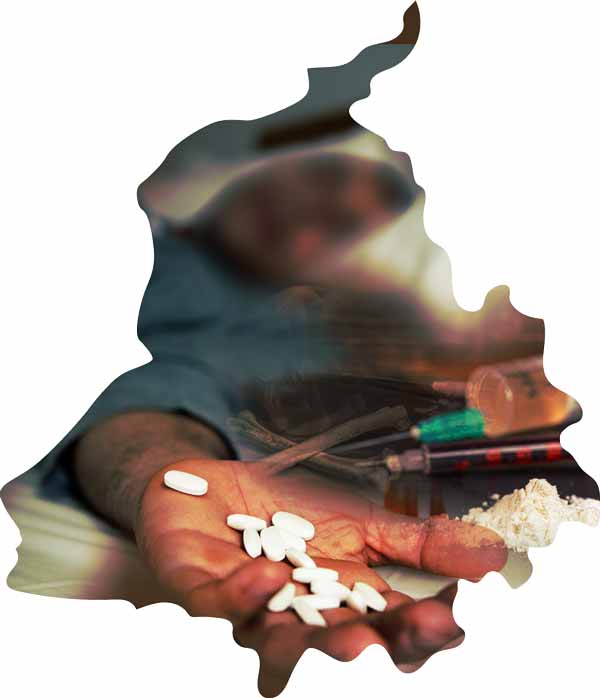
Education at all levels has been in total disarray. Innumerable rural schools have been operating with two to three teachers, much below the required strength. There are over 400 schools where one or at the most two teachers are holding the fort. Urban temples of education are no better off. Vacancies have not been filled for years. State universities and colleges, barring a few, have been in the red and are finding it difficult to pay staff salaries on time. Appointments have been held in abeyance for years. Other government departments, electricity and transport, in particular, have been plagued by repeated strikes or sit-ins and work to rule protests for non-payment of dues and arrears—even the Sixth Pay Commission recommendations are still to be implemented in many cases. Total outstanding payments to the Punjab Power Corporation Limited (PPCL) have been over ₹40,000 crore—non-paid interest alone accounting for ₹18,000 crores. Outstanding salaries and arrears of other government departments have been logged at over ₹6,000 crores.
The water table in the state has touched an all-time low of over 300 feet at places. It has been receding by the month. For years, no coordinated efforts have been made for crop diversification, though talks have been on for almost two decades. Tourism has been in a mess. Kanjli, one of the 14 listed wetlands of the country since 2002, Ropar lake, Talwara township Hoshiarpur’s famous waterways, Nangal township and Ferozepur’s memorials, to name a few, are all suffering from lack of attention.
Punjab has turned from a power surplus state to one barely managing its shortfall, bringing industrial growth to nought. Health infrastructure and the state’s roads have been in total neglect. Two nightmares experienced in as many recent visits were the Peowa (Haryana) to Patiala and Nalagarh (Himachal Pradesh) to Ropar journeys. State highways are worse than rural roads.
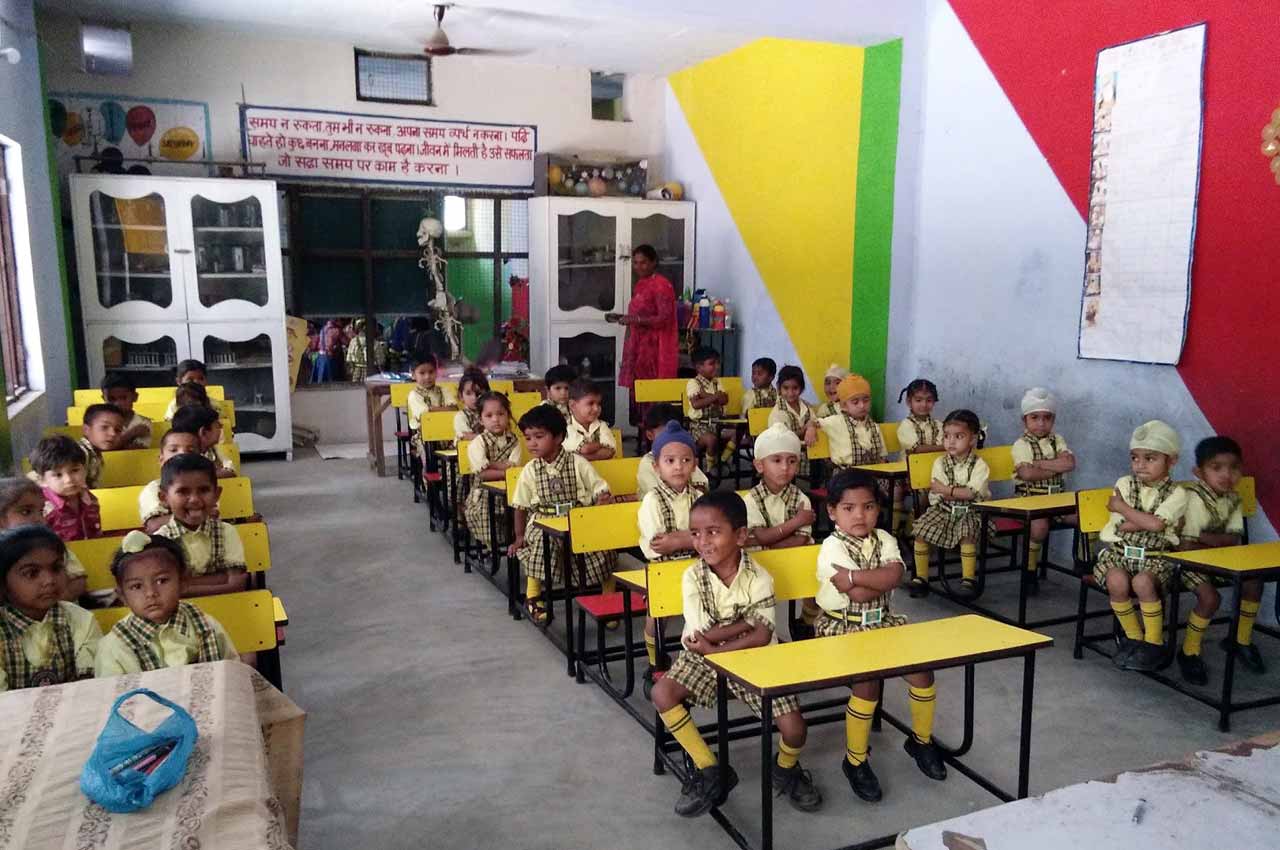
In Captain Singh’s second stint—he was elected in March 2017 with a thumping majority of 77 seats in a house of 117—it was the sand and liquor mafia alongside the transport cartel that ruled the state. Mental health has been at its lowest ebb with the drug menace continuing unabated. On paper, farmers may have won a long battle against the Centre, but it can also be construed as a major loss to the agriculture sector. More and more products from the land are turning poisonous due to the overuse of chemical fertilisers and insecticides notwithstanding their ever-increasing prices. Bigger still is the peril faced due to the brain drain. Close to 56 per cent of youngsters have been moving out of Punjab to other countries after schooling.
Education at all levels has been in total disarray. Innumerable rural schools have been operating with two to three teachers, much below required strength. There are over 400 schools where one or at the most two teachers are holding the fort. Urban temples of education are no better off. Vacancies have not been filled for years. State universities and colleges, barring a few, have been in the red and are finding it difficult to pay staff salaries on time.
Half of those staying back is addicted to ‘chitta’ and other drugs, many of them unemployed graduates. Assurances aside, the malady goes on unabated. The saving grace, of course, has been the crowning of village diva Harnaaz Sandhu as Miss Universe.
Captain Singh, apart from introducing a new variety of Sharifa (custard apple – also known as sitaphal) from his farms, may have done well in bringing down marginally the fiscal deficit in 2020 to ₹9,700 crore against ₹25,800 crore in 2017. GDP projections for 2022 stand at ₹6,44,326 crore. The total expenditure is ₹1,64,805 crore, three percent more than the revised budget estimate of 2020-21. GDP of the past two years was pegged at ₹5,77,829 crore and ₹5,74,760 crore. Debts stand at 47.5 percent of GDP (2021-22). Recent incentives and inducements showered by government may result in a steep slip in the balance of payments. In the simplest terms, the current revenue of the government stood at ₹88,050 crore against listed expenses of ₹1.55 lakh crore for 2020-21. It’s a story for which the script is still being rewritten.
As things stand, parties and candidates in the race are faced with the proverbial Gordian knot, putting them in the quandary of how to do it without running the risk of stepping into a misadventure. Some prominent independents are also in contention. The SAD initially led the race in declaring their candidates alongside the Bahujan Samaj Party of Mayawati with the bait of a deputy CM from the latter. There have been instances of Sukhbir Badal stopping short of assuring a second deputy CM from the Hindu community, a ploy to counter the effect of the SAD having distanced itself from the BJP after 23 years of being together.
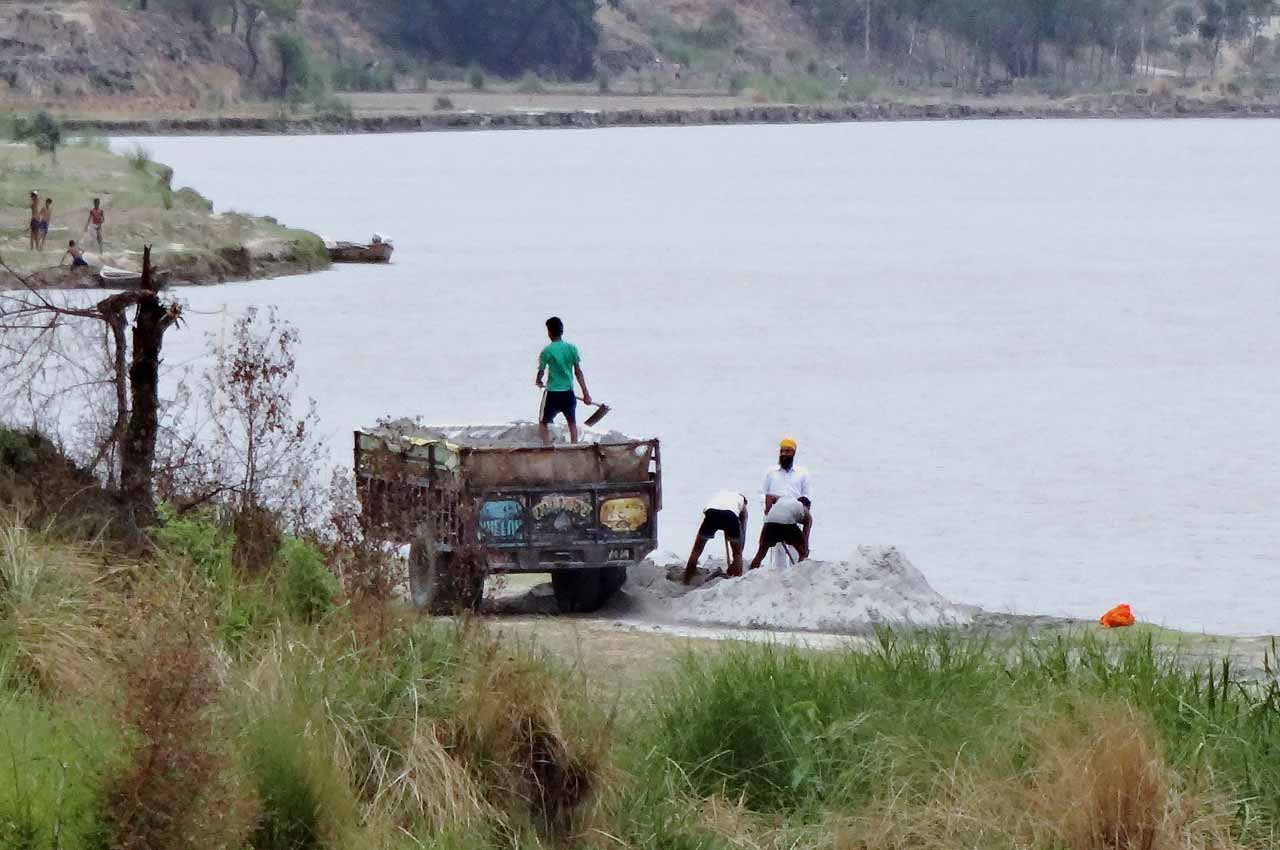
This is the first election in which Sukhbir, so far in the shadow of his father, Prakash Singh Badal, is leading from the front. The SAD (B) has the advantage of owning a section of the media and the backing of a few others. The party, however, fears being rejected by the public at large in the wake of the large-scale corruption charges it faced in two consecutive runs in 2007 and 2012. Being sympathetic to Dera Sacha Sauda followers, ‘found responsible’ for desecration of the Sikh holy book, and the proliferation of the drug menace are the other counts looming against the SAD. Cases of having connections with drug peddlers have been reopened against Sukhbir’s brother-in-law, Bikramjit Majithia. The latter accuses Navjot Sidhu of engineering the mischief.
Punjab has turned from a power surplus state to one barely managing its shortfall, bringing industrial growth to nought. Health infrastructure and the state’s roads have been in total neglect.
Also in question are the power purchase agreements with private partners, buying electricity at whopping prices, signed by the Akalis. The fact remains that some of these were initiated during Amarinder Singh’s first stint, sometime in 2005-06.
The Congress has been in a muddle since Amarinder Singh’s exit. It has got bogged down in an internecine war and been divided into factions led by Sidhu, former Pradesh Congress Committee chief Sunil Jakhar, Pratap Bajwa, Sukhjinder Singh Randhawa and Channi, the current CM, who was given the post with the high command taking credit for installing a Dalit incumbent for the first time. Amarinder Singh, forced to resign as captain of the ship in September 2021, did not take away a chunk of support as was expected. But his Punjab Lok Congress, alongside the BJP and Dhindsa, should be good enough to spoil Sidhu’s party. Even Bikramjit Majithia of the SAD(B) wants to defeat Sidhu in his constituency. The Captain has already challenged Sidhu to face him in Patiala.
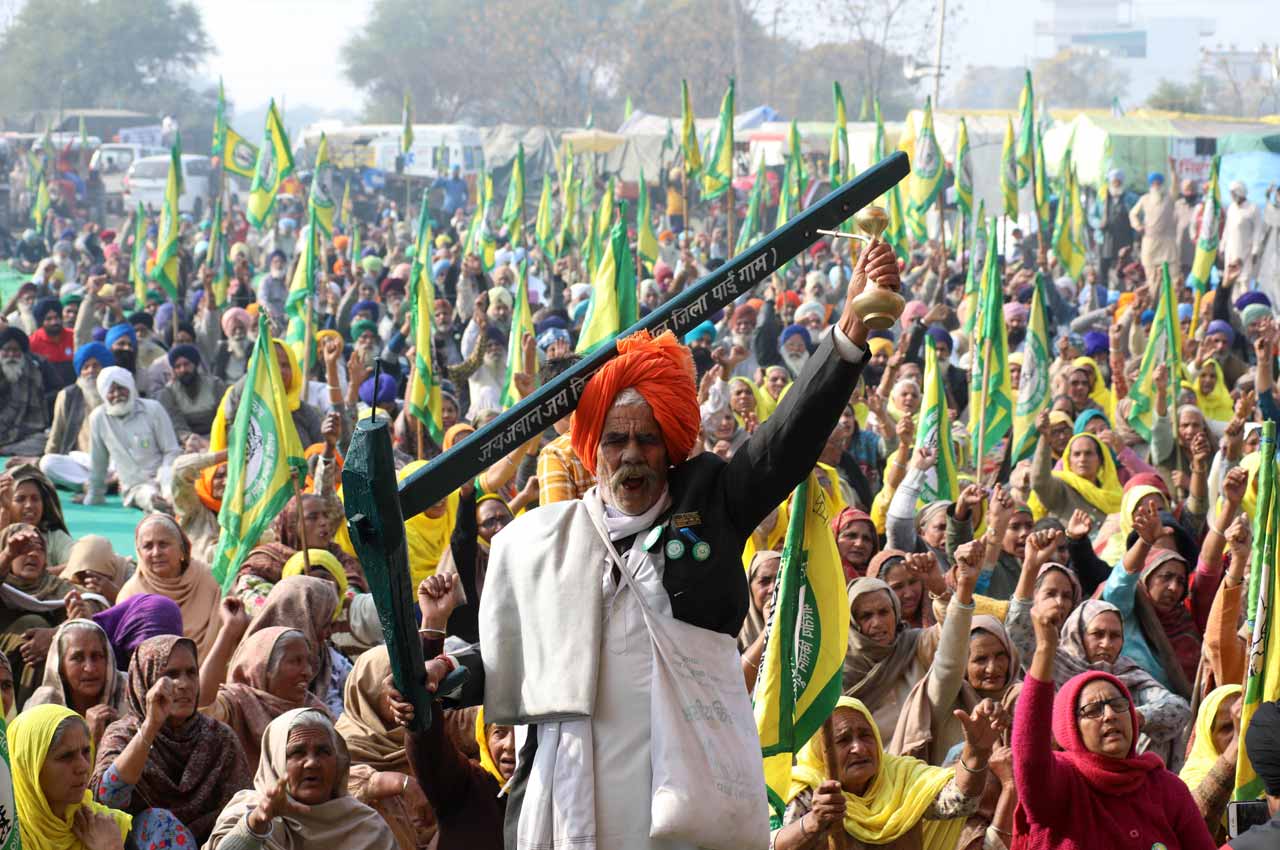
Amarinder Singh’s poll alliance with the BJP is part of a larger design. There were definite reasons for Singh, CM for nine and a half years over two terms, taking his time to announce the launch of his Punjab Lok Congress. The script may have something to do with the hurriedly announced ‘conquest’ by the farmers. His and the BJP’s goal was to claim credit for the repeal of the farm laws.
If one thought the Aam Aadmi Party, having been tricked by an unwritten Congress-Akali friendly pact in the 2017 polls, is wiser this time, they could be mistaken. AAP’s chances depend on how they handle the Samyukt Samaj Morcha and vice versa. Rajewal has been facing opposition from other farm units. “We had resolved not to contest elections and go after those who were against the farmers’ agitation. To contest or to openly support a political party is the decision of Rajewal,” quipped Rakesh Tikait of the SKM on the issue. Much depends on how the ‘vote ki chot’ group reacts to Rajewal’s appeal. AAP needs a face: if Rajewal becomes one, it could romp home!
Besides vanquishing the Congress, denting Sidhu’s image and keeping AAP in check, Prime Minister Narendra Modi’s move of repealing the farm laws was also to repair the damage done in a western UP and Uttarakhand. In Punjab, time was bought for a section of state farmers to express solidarity with Amarinder, even if covertly. Remember he was the one to have gained the confidence of the peasantry for having announced the MSP for sugarcane at ₹360 a quintal in May 2021. And after quitting the CM’s post he talked about seeking BJP support, “only if the three farm laws are recalled”. This was when he was still with the Congress.
On its part, the BJP has been at work, huddling, bulldozing, luring important names into its fold – former Delhi Sikh Gurdwara Management Committee President Manjinder Singh Sirsa (he has since retraced his steps), former Director-General of Police S.S. Virk, Avtar Singh Zira, Harcharan Singh Ranauta and Sarbjit Makkar being just a handful – not very different from what was attempted in West Bengal before the Assembly elections. Fatehjung Singh moving over to the BJP may mean Bajwa vs Bajwa at Qadian – sitting MLA Charanjit Bajwa (wife of former PCC chief Pratap Bajwa) and his brother, Fatehjung.
If you believe that the withdrawal of the Delhi siege by the farmers, dubbed as Naxalites, terrorists, Khalistanis and anti-nationals in the not too distant past, was a great victory for the Samyukt Kisan Morcha, I would like to take it with a pinch of salt. Yes, the farmers and allied forces showed great resilience in staying together—32 farmer bodies from Punjab and eight from other States – and put up a united fight in the face of all odds by camping for 378 days at the four borders of Delhi— Singhu, Tikri Kalan, Ghazipur and the Rajasthan-Haryana line at Shahjahanpur. The dramatic repeal of the farm bills on Guru Nanak Gurpurab on November 19 by Prime Minister Modi and subsequent developments in the next three weeks resulting in farmers vacating their protest sites were part of a well-orchestrated plan executed to the last detail with a finesse that would be otherwise hard to imagine.
The water table in the state has touched an all-time low of over 300 feet at places. It has been receding by the month. For years, no coordinated efforts have been made for crop diversification, though talks have been on for almost two decades.
Unanswered questions
Witnessing the grand send-off function at Ghazipur on December 10, repeated on a much larger scale the next day, and watching the welcome they received right through Haryana, Shambhu and Khanauri borders and through Punjab on what was named the ‘Fateh Marches’ made this journalist raise questions: how long will this epic victory over a government—never known to budge from its stand—keep them in euphoria? Will the plight of the common farmer, or for that matter daily wage workers, ad hoc employees of the state power corporation and education departments ever improve? Will the functioning of other state government offices ever change? Will the repeal and assurances through a letter, in sync with the season of promises, make a difference to the quality of life? Will their debts and number of suicides in the state come down?
Will the overuse of fertilisers, the land turning poisonous and the water table depleting at an alarming rate be reversed? Does the letter assure them poison-free food? Will the train from Bathinda to Bikaner, named the Cancer Express, be rechristened ‘Pragati Express’ someday? It was back in 2008 that a story by journalist Ramesh Menon revealed that an entire chunk of land in Bathinda district was acidic beyond any permissible levels. We have been talking about falling water levels in Punjab since the turn of the century. Can the problem of chronic unemployment ever be solved?
Meanwhile, as is the case in Uttar Pradesh, Punjab can get ready for ED, IT and CBI raids. All these months, Central agencies were busy pinpointing those who were extending monetary support and identifying from among them those holding Overseas Citizenship of India (OCI). OCI is a form of permanent residency available to people of Indian origin and their spouses, allowing them to stay and work in India indefinitely. They can invest in property, including agricultural ventures, in India. It differs from the status of a Non-Resident Indian (NRI). In many cases OCI status has been withdrawn and now, to visit India those identified by the Central agencies will have to seek a visa before coming to the land of their birth which would mean stating the purpose of visit too.
Quite a few have been denied entry in the past few months. A case in point was Darshan Singh Dhaliwal, brother of a former minister in the Akali-BJP government in Punjab. Darshan Dhaliwal was sent back from IGI Airport in Delhi sometime in early September. Not for nothing had a good number of leading farmers from Uttarakhand started withdrawing from the agitation after the Dhaliwal episode. Opening of old cases against Majithia is another pointer. More such action if they do not join the party or offer funds by February cannot be ruled out.

